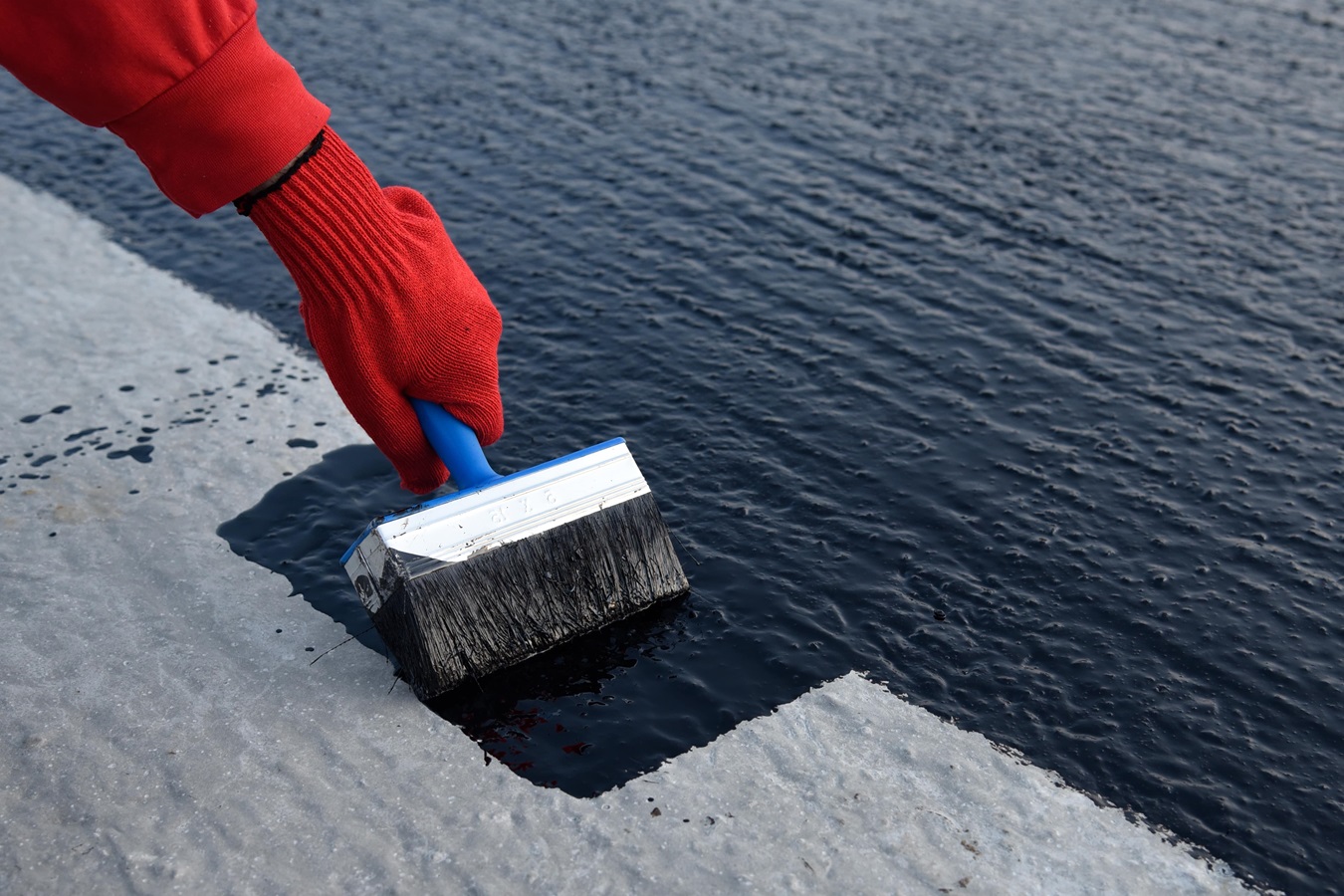When you think of maintaining your property—whether it’s your family home, an investment property, or a commercial space—painting and waterproofing probably sit somewhere near the top of your list.
Both play key roles in protecting your building from damage, yet they’re often treated as separate tasks. In reality, they work best when planned together. Understanding how these two essential processes complement each other can help you make more informed, long-term choices for your property.
Waterproofing Before Painting
Most homeowners and builders make the mistake of hurrying into painting, specially when there is no time or money is tight. You will only spend more in the long term by failing to waterproof. Paint adheres best to dry, clean, sealed surfaces. When the surface underneath is wet or damaged, the paint fails to last.
Before one opens a paint can, inspect for cracks, leakage, or rising dampness in surfaces. These, if detected, must be fixed with waterproof membranes, sealants, or damp-proof coatings. Waterproofing before painting varies depending on the different surfaces. Let us explore how it works:
Exterior Walls
Your exterior walls absorb the weathering. In damp climates or regions with heavy rainfall, this weathering can wipe out unprotected surfaces within weeks. That is why painting will not work; a strong waterproofing system is your first line of defence, while exterior paint acts as a second shield.
When waterproofing and painting are done together, they form a multi-layered system that prevents water from entering and ensures any moisture that does get in is prevented from staying. For example, elastomeric coatings—used in both waterproofing and painting—offer flexibility, durability, and water resistance. These coatings expand and contract in tandem with the building, thereby reducing the risk of cracks and leaks.
Roofs and Balconies
While walls often get the spotlight, roofs and balconies are just as crucial when it comes to waterproofing. Flat roofs, in particular, are most susceptible to standing water, specially in areas with poor drainage. An integrated strategy would be to seal the joints, repair drainage issues, and apply waterproof membranes before painting the surface.
In such areas, waterproofing is strictly necessary. With that in place, UV paints may be overlaid to give protection against sun damage and add beauty. For balconies and terraces, combining waterproofing with slip-resistant paints or sealants may also render them safer.
Interior Spaces
It is simple to presume that waterproofing is only on the outside, yet wet issues also bring ruin inside. Bathrooms, kitchens, basements, and laundries are also susceptible to water splashes and moisture. Without proper waterproofing, paint in these areas can peel, stain, or become a breeding ground for mould.
Using moisture-resistant primer and mould-inhibiting paint helps, but the best way begins with waterproofing from the inside. Installing waterproof membranes in spaces behind tiles or below floors can prevent water penetration into walls or leakage to adjacent rooms. With that secured, you can safely apply waterproof paint with the assurance that the results will not disappear.
Read More: How to Paint Your Home – A Homeowner’s Guide

How to Know If Your Surface Needs Waterproofing
Sometimes, the signs are obvious: water stains on ceilings, peeling paint, mould, or damp smells. At other times, the issues are hidden behind walls or beneath floors. That’s why personal inspection is key before undertaking any painting job, especially in older buildings or those located in humid environments.
If you’re a painter who also understands waterproofing—or partners with waterproofing specialists—you’ll take a proactive approach, not just a reactive one. Prevention, in this case, is far better than repair.
How Painting Enhances Waterproofing Efforts
After waterproofing, using waterproof paint provides added protection while enhancing the property’s appearance. The property’s contemporary exterior paint features built-in water resistance, UV protection, mould-resistant properties, and self-cleaning capabilities. When paired with a strong waterproofing base, this makes your building not just durable but also low-maintenance.
Colour choice also plays a role. Lighter colours have higher solar radiation and heat reflectance, reducing surface deterioration and waterproof coating life. It also enhances energy efficiency in certain climates because cooler walls are less energy-consuming to cool.
When to Schedule Both Together
Timing is everything. Ideally, painting and waterproofing should be planned together during renovations, property upgrades, or before extreme weather seasons (like monsoon or winter). Doing both in one go reduces labour costs and minimises downtime.
Moreover, when the same team or coordinated tradespeople manage both tasks, compatibility between products is ensured. For example, certain waterproofing materials require curing before they can be painted over. Having one team aware of this timeline avoids premature painting, which can ruin both layers.
Final Thoughts
To sum it up, waterproofing and painting are not two separate checkbox items on a remodelling schedule—they’re synergists. One dries your surfaces, and the other puts on the finishing touches with colour, UV protection, and pizzazz. Omitting one half-baked compromises the functionality of the other.
So, the next time you’re hiring residential painters in Sydney for painting or repairing water damage, think beyond the brush. Integrate waterproofing into your property strategy for a structure that not only looks stunning but also stands up to time and weather with resilience. Whether it’s a touch-up or a major renovation, doing both together will give your space the longest life possible, with fewer headaches and better results.

